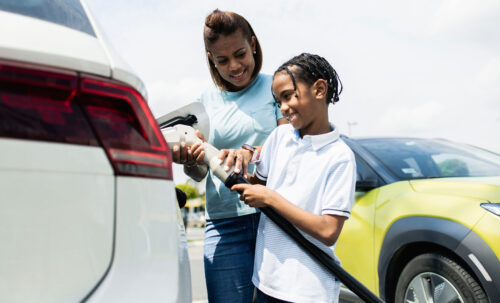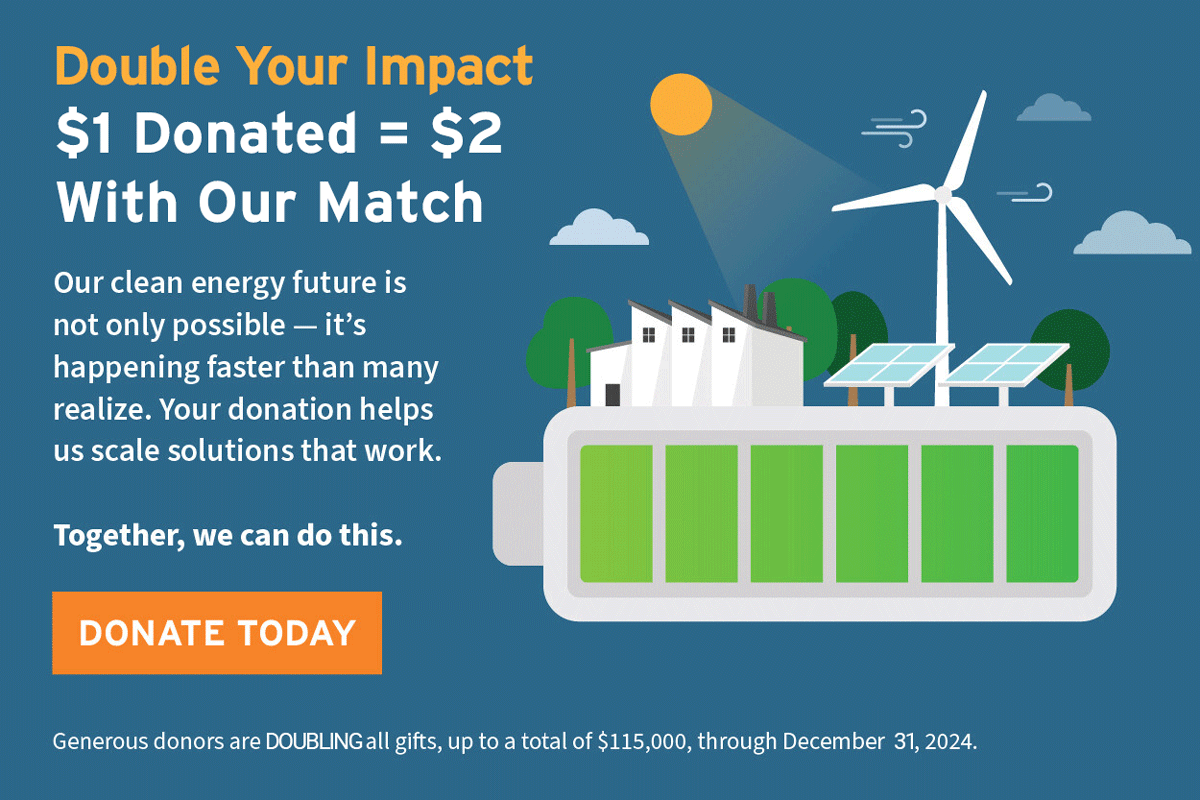
Report | 2024
Plugging into Mobility Needs at Lower-Income Multifamily Housing
How to develop electric vehicle charging solutions that reflect community priorities
Legislation like the Infrastructure Investment and Jobs Act and Inflation Reduction Act has unleashed an unprecedented level of funding to strengthen electric vehicle (EV) charging infrastructure in the United States.
Although these actions will help increase charging access, such access largely remains concentrated in areas where EV ownership is already high, such as in higher-income communities with single-family housing. Meanwhile, lower-income residents of multifamily housing often lack access to EV charging which is a barrier to EV adoption in communities that stand to gain the most from the benefits of EVs.
Given that 40 percent of Americans in the largest US cities live in multifamily housing, state and local governments need to prioritize increasing access to EV chargers and shared mobility options like carshares, electric scooters, and bikes.
By deliberately integrating equity into their strategies, they can provide these residents with access to jobs, education, and health services.
RMI engaged with residents of lower-income multifamily housing communities in Portland, Oregon; Atlanta, Georgia; and Phoenix, Arizona to learn about the nuanced transportation needs and barriers faced by multifamily housing residents, and to propose solutions. Our findings were supplemented by insights from residents and community members, city partners, EV equity advocacy groups, car rental organizations, micromobility companies, charging equipment providers, and those involved in building management.
This report provides scalable, replicable solutions and recommendations that policymakers, utilities, and other stakeholders can use to prioritize equity in their transportation electrification efforts and charging infrastructure development plans.
The insights we gleaned from our conversations with local stakeholders highlighted the importance of:
- Prioritizing community engagement to center resident needs and EV charging experience
- Fostering affordability by providing incentives for necessary infrastructure upgrades
- Planning and implementing complementary multimodal solutions to introduce e-mobility and charging to residents concurrently
- Forming meaningful and inclusive local partnerships among city officials, utilities, multifamily housing authorities and providers, charging providers, and local community-based organizations to ensure long-term viability of solutions
- Designing for the local context, emphasizing affordability and reliability including considerations for charger location, panel upgrades, and operation and maintenance costs
- Ensuring low-income households have access to affordable charging by closely working with local utility and charging providers
- Developing an incremental change approach by identifying funding opportunities and mapping out how solutions can build on each other over time
The decisions stakeholders make today will influence the way people move for decades to come. As transportation electrification continues to advance in leaps and bounds, key stakeholders have an opportunity to lead an equitable transition by ensuring their strategies serve all communities and people without leaving anyone behind.
